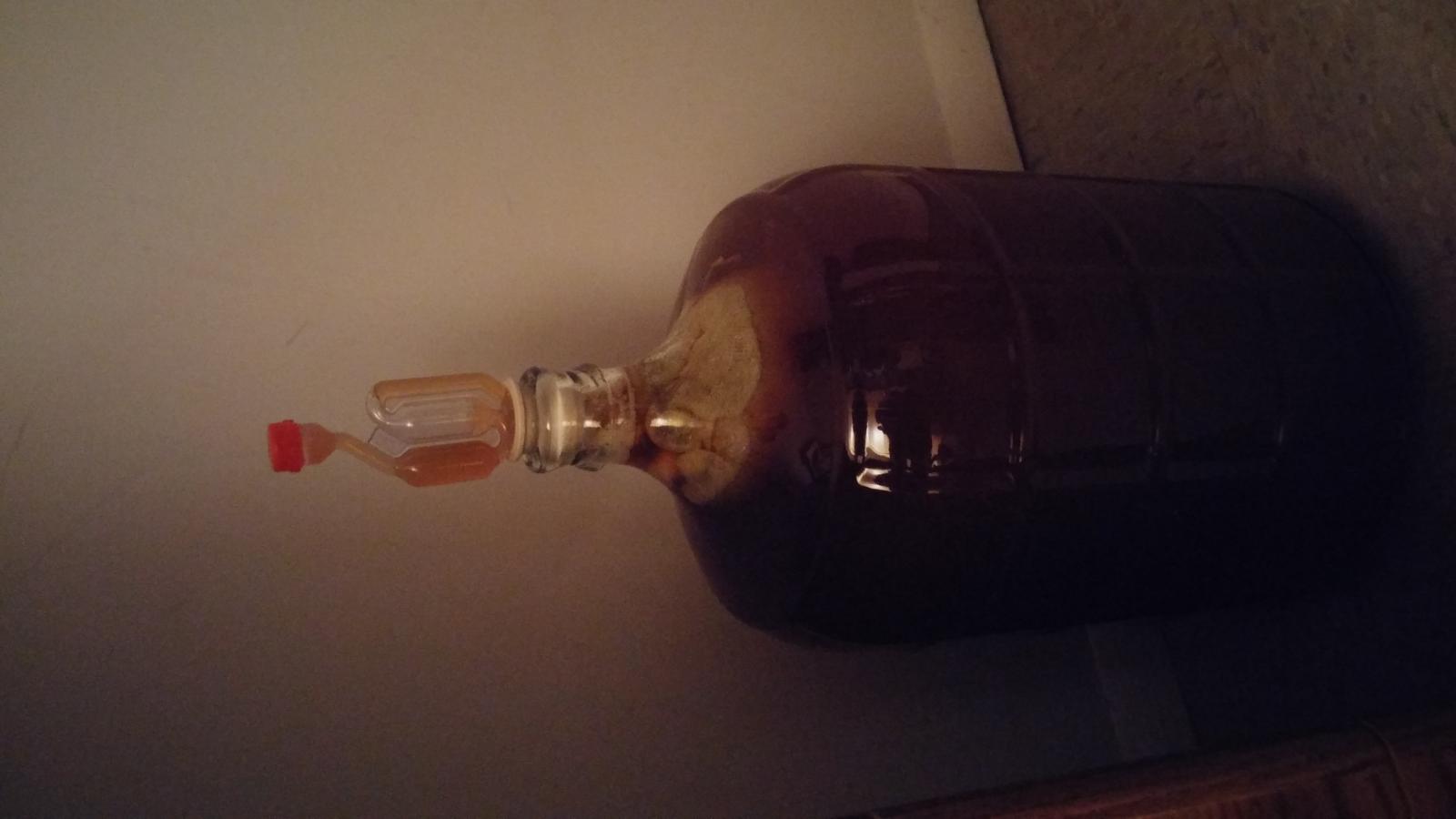Hi, how's it going? Just transferred my Pale Ale to the secondary fermenter. I was going to dry hop with 1oz of Willamette but the beer did not have any hop aroma (tasted good) so instead I dry hopped with 1 oz Cascade and 1 oz Willamette.
Anyway, I filled the carboy to the very top to get rid of all the Starsan foam and when I put on the stopper and airlock, beer started to fill the airlock. Fermentation was complete when I transferred (gravity under 1.020). Should I use a blowoff hose just to be safe? It looks like it has subsided but there is still beer in the airlock.
Hoping for some help here, Thanks.
Anyway, I filled the carboy to the very top to get rid of all the Starsan foam and when I put on the stopper and airlock, beer started to fill the airlock. Fermentation was complete when I transferred (gravity under 1.020). Should I use a blowoff hose just to be safe? It looks like it has subsided but there is still beer in the airlock.
Hoping for some help here, Thanks.





